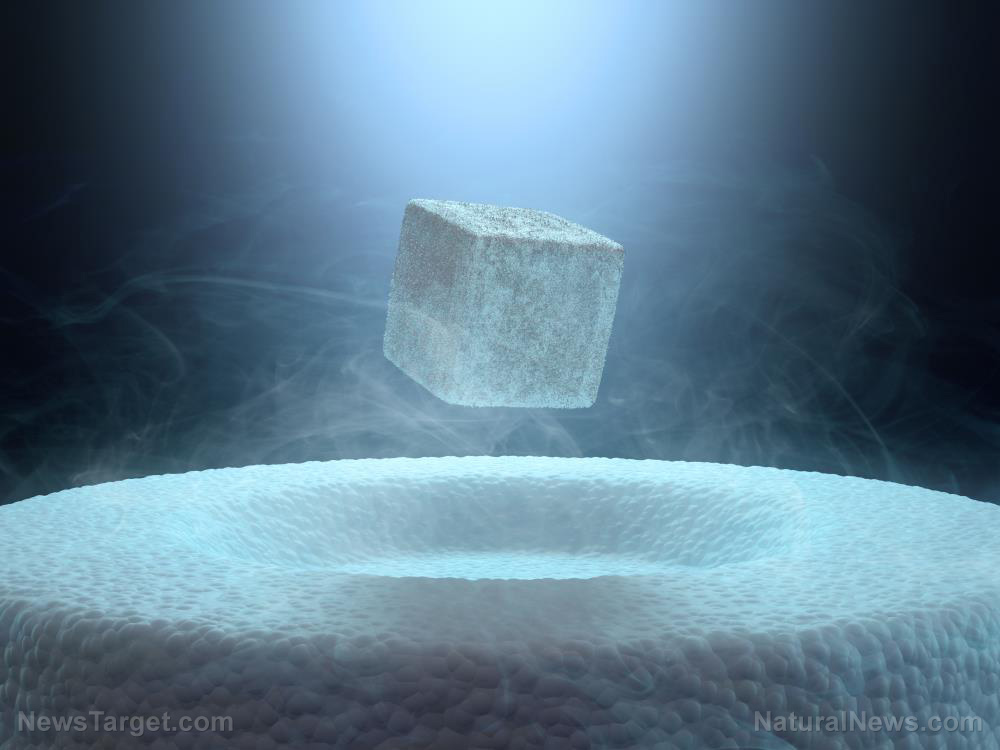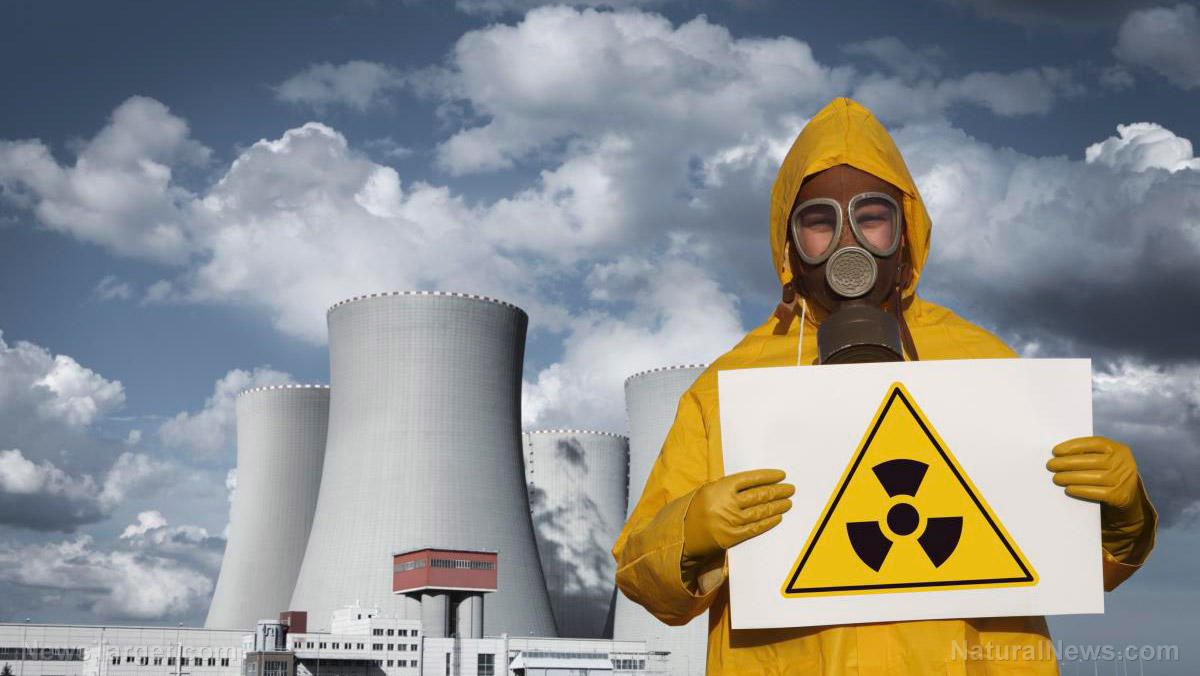New life for pollution: Chemists are looking into using cigarette butts for hydrogen storage
11/17/2017 / By Rita Winters

There’s no question about it, smoking is bad for your health (and our environment). More than six trillion cigarettes are smoked each day, creating 800 metric tons of cigarette butt waste. These environmental eyesores are costing us our planet, and are making its way into waterways and bodies of water, poisoning humans and wildlife with the heavy metal contaminants attracted to it. On the bright side, chemists at the University of Nottingham have discovered a way to use the unsightly trash as a green energy source – a hydrogen storage.
Waste to energy
The research, published in Energy and Environmental Science, is led by Robert Mokaya, a professor of materials chemistry at the University of Nottingham School of Chemistry, and assisted by undergraduate project student Troy Scott Blankenship. Their research states that environmental waste in the form of cigarette butts can be used as a starting material to produce energy materials that offer a novel and efficient way to store hydrogen.
Made up of cellulose acetate which is non-biodegradable, cigarette butts are causing major harm to our environment. However, they are one step towards producing an unprecedented storage for hydrogen. The cellulose acetate in these butts, when processed, produce porous carbons, which have many purposes, usually for storing great amounts of elements. Valorization is one way to reuse or recycle waste materials into useful products like green sources of energy. As we push towards a “Hydrogen Economy,” where the natural element is used as a great energy source, we are looking towards a future without gasoline as fuel for vehicles or unnatural gases for heat.
Technically, these cigarette ends go through a process called hydrothermal carbonization. It involves collecting the filters from the cigarettes, and grinding them. The remainder of the process requires only water and heat at 250 degrees Celsius, which creates hydrochar, a carbon product. The hydrochar can then be activated to produce oxygen-rich porous carbons that have a high surface area and high pore volumes, that can then be used to store hydrogen in massive amounts (up to 11.2 weight percent, the highest capacity to date).
Fast facts on hydrogen
- Hydrogen comes from the Greek words “hudro” which means “water,” and “genes” which denotes a substance that produces something. Therefore, “hydrogen” means “water-forming.”
- It makes up 75 percent of the majority of the universe’s mass.
- It’s the only element that doesn’t have neutrons, which is why it isn’t in any category in the Table of Elements.
- When exposed to high pressure, hydrogen’s natural gas-state turns into liquid.
- Hydrogen is a good source of energy once it reacts with oxygen. It is environmentally safe, but is extremely expensive to produce. Researchers are looking for biomass-derived or waste-based ways to produce it to cut down on production expenses and provide us with a green energy source for the future.
This discovery is promising because it shows us that creating new sources of energy based on nature does not have to be expensive or meticulous.
For more information on innovations and new scientific discoveries, visit Inventions.news.
Sources include:
ScienceDaily.com
ChemistryViews.org
Tagged Under: alternative sources of energy, cigarette butts, environment, green energy, hydrogen, hydrogen economy, hydrogen storage, power, recycling, research, waste


















